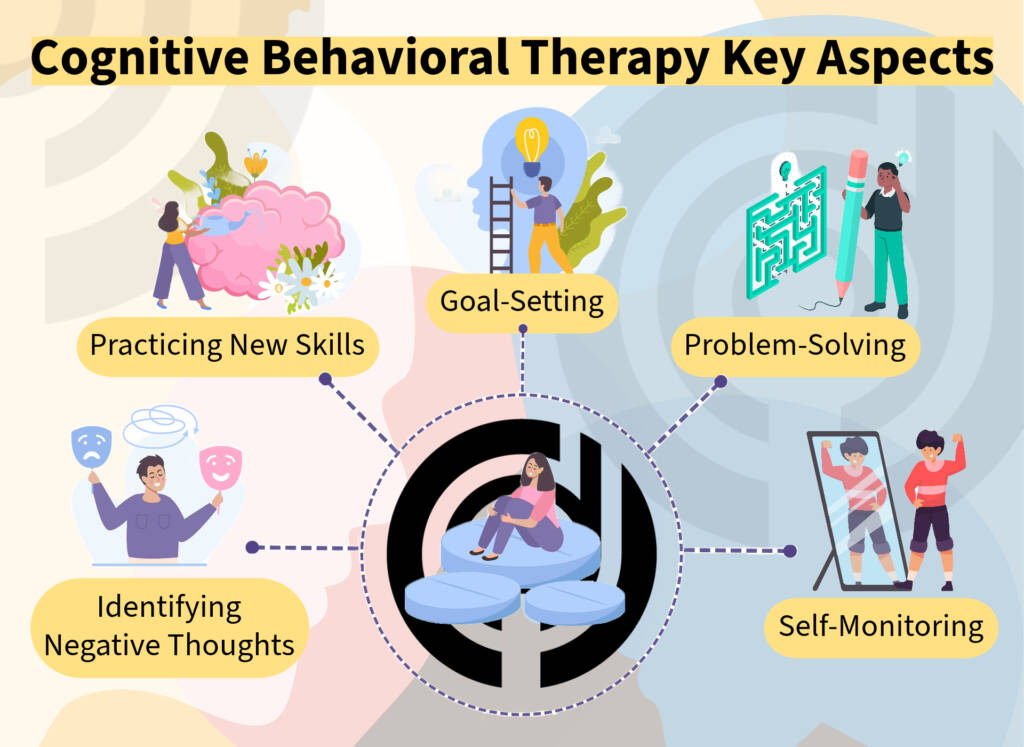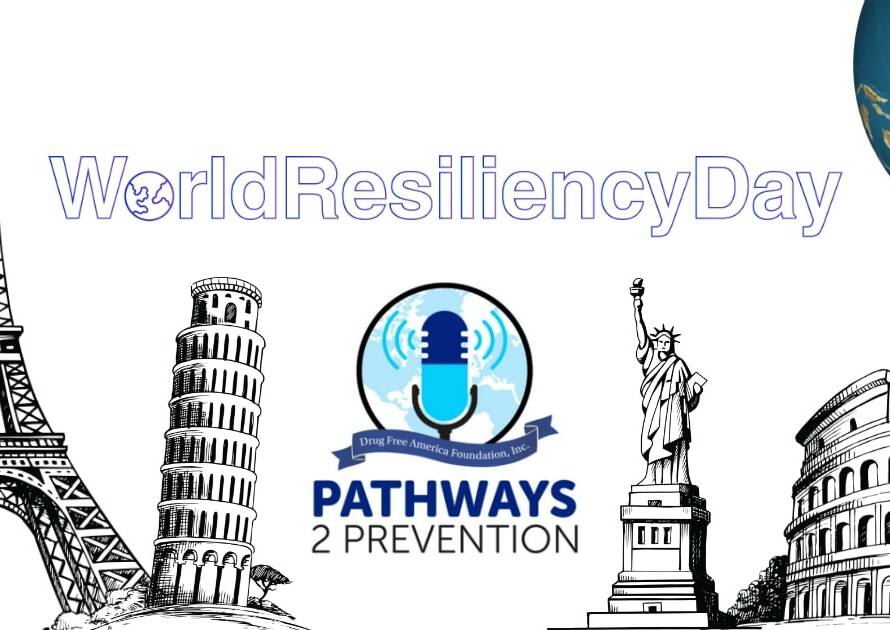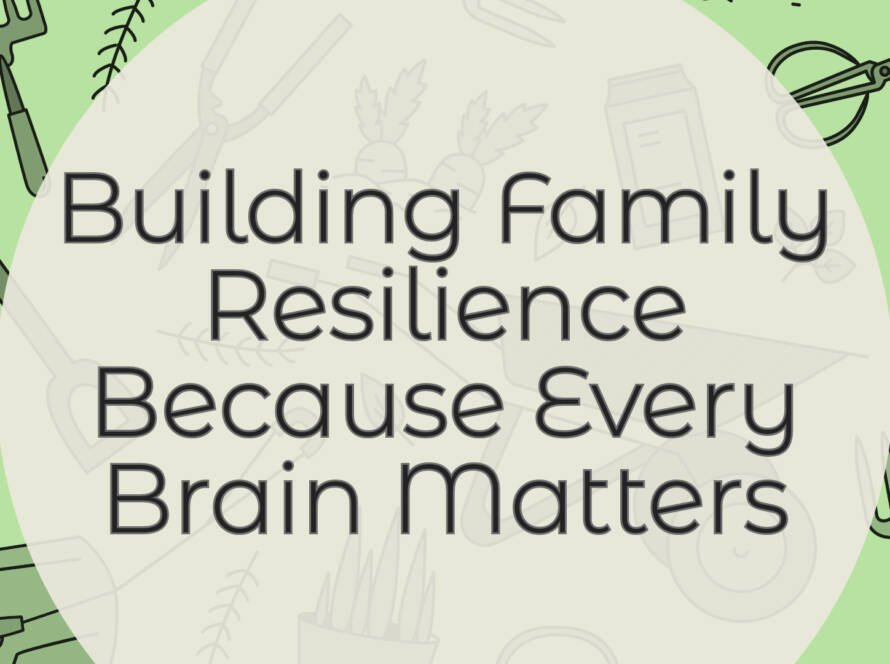Resilience Building Through Counselling (CBT)
(Significantly Better than Self-mediation with Substances)
Cognitive Behavioral Therapy (CBT) is a widely recognized and effective form of psychotherapy that focuses on the connection between thoughts, feelings, and behaviors. It is based on the idea that how a person thinks and acts can significantly impact their emotional and psychological well-being. Here’s a breakdown of CBT and its applications:
Identifying Negative Thoughts: One of the fundamental principles of CBT is identifying negative or irrational thoughts that contribute to maladaptive behaviors and emotional distress. By recognizing these negative thought patterns, individuals can work towards challenging and changing them.
Practicing New Skills: CBT equips individuals with practical skills and strategies to cope with real-world situations. These skills may include relaxation techniques, problem-solving, and communication skills. Learning and practicing these skills can help individuals manage their symptoms effectively.
Goal-Setting: CBT is goal-oriented, meaning it focuses on setting specific, achievable goals for therapy. These goals can be related to reducing symptoms, improving coping strategies, or achieving personal objectives. Goal-setting provides direction and motivation for therapy.
Problem-Solving: CBT encourages individuals to approach problems and challenges in a systematic and constructive way. This involves breaking down issues into smaller, manageable parts and developing strategies to address them.
Self-Monitoring: Keeping track of thoughts, feelings, and behaviors is a crucial aspect of CBT. Self-monitoring helps individuals become more aware of patterns and triggers, making it easier to implement changes and track progress.

CBT can be applied to various mental and physical health conditions, including:
- Anxiety Disorders: CBT is particularly effective in treating various anxiety disorders, including generalized anxiety disorder, panic disorder, social anxiety disorder, and phobias.
- Depression: It is also used in the treatment of depression and bipolar disorder, helping individuals challenge negative thought patterns and develop healthier coping strategies.
- Obsessive-Compulsive Disorder (OCD): CBT techniques, such as exposure and response prevention, are commonly used to treat OCD.
- Post-Traumatic Stress Disorder (PTSD): CBT can help individuals with PTSD by addressing traumatic memories and teaching coping strategies.
- Eating Disorders: CBT is often used in the treatment of eating disorders like bulimia and anorexia nervosa, targeting distorted body image and unhealthy eating behaviors.
- Substance Abuse: CBT techniques are integrated into substance abuse treatment programs to address cravings, triggers, and relapse prevention.
- Relationship Issues: CBT can help individuals improve their interpersonal relationships by enhancing communication skills and addressing negative thought patterns that contribute to conflicts.
- Chronic Pain and Physical Health Conditions: CBT has been applied to manage chronic pain, fibromyalgia, migraines, and other physical health issues by helping individuals cope with pain-related distress.
CBT is considered evidence-based and has a strong foundation in research. It is often recommended as a first-line treatment for various mental health conditions due to its effectiveness, especially for generalized anxiety disorder, as indicated in the study you referenced. However, the choice of therapy should be made in consultation with a mental health professional, taking into account an individual’s specific needs and preferences.
(Also see Recalibrating Therapies – Humpty Dumpty Dilemma Resilience Project)
“Resilient communities don’t use drugs – Resilient families don’t want them!”
References




